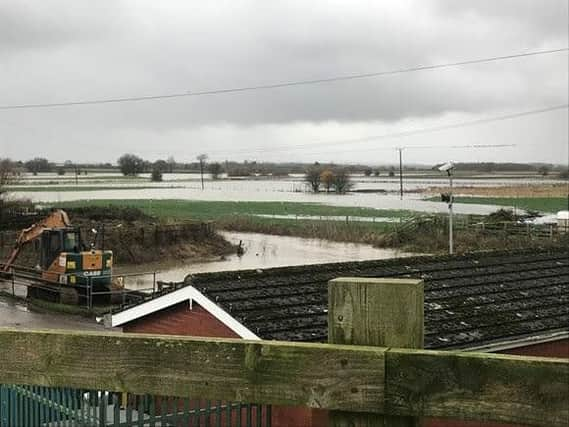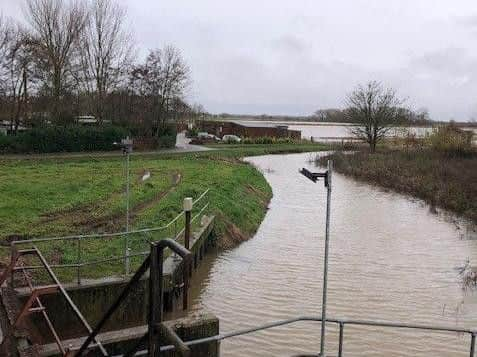Under threat pumping stations on River Hull saved by £1.2m cash injection


Plans by the Environment Agency to decommission the Hempholme and Wilfholme pumping stations, between Driffield and Beverley a decade ago caused a furore, with claims that it would put miles of low-lying land at risk, including the city of Hull.
Now East Riding Council has secured £840,000 funding from the Humber LEP as well as £360,000 from the Beverley and North Holderness Internal Drainage Board to carry out work on the stations which will protect 348 hectares of agricultural land on either side of the river.
Advertisement
Hide AdAdvertisement
Hide AdThe pumps will be updated with modern electrical controls as part of the work due to be completed by the autumn.


Martin Voase, who farms at Baswick Steer, near Brandesburton in the East Riding, said it was just the first step to bring the whole system back up to its original capacity.
He believes the river Hull should be dredged and work carried out to strengthen the banks in the upper non-tidal reaches of the river, which were in a "very bad" condition.
He said: "If the banks do go the water will flow through the catchment and there's only one way out and that's through Hull.
Advertisement
Hide AdAdvertisement
Hide Ad"The effect has to be felt by the villages of Woodmansey, Dunswell and eventually Orchard Park in Hull.
"The EA will say it can't happen, but most of us in this area say 'why can't it happen?"
Bill Symons, clerk to the Beverley and North Holderness Internal Drainage Board, said: “The board is delighted that the refurbishment of these two pumping stations will be underway shortly.
“The recent heavy rainfall saturated and flooded the land which the pumping stations drain, demonstrating the need for these pumping stations as highlighted in the River Hull Integrated Catchment Strategy.
Advertisement
Hide AdAdvertisement
Hide Ad“We are particularly grateful to the Humber Local Enterprise Partnership for investing in this project with the Board as part of the wider implementation plan of the River Hull Integrated Catchment Strategy.”
Lord Chris Haskins, chair of the Humber LEP, said: “The Humber LEP continues to see flood mitigation as an important issue in our region and we are pleased to support our local authorities’ efforts to improve their defences and take preventative measures.”
The pumping stations are operated and owned by the Environment Agency and paid for by Government funding and contributions from Internal Drainage Boards, which get their funding from local landowners.